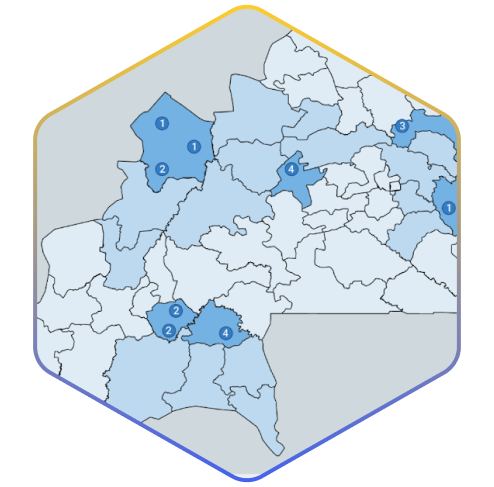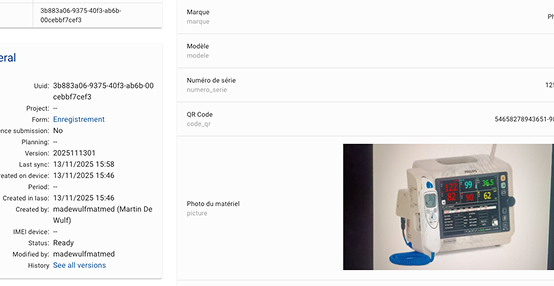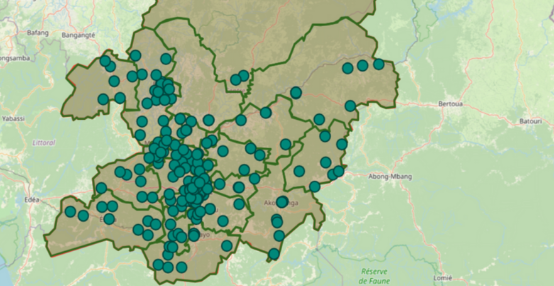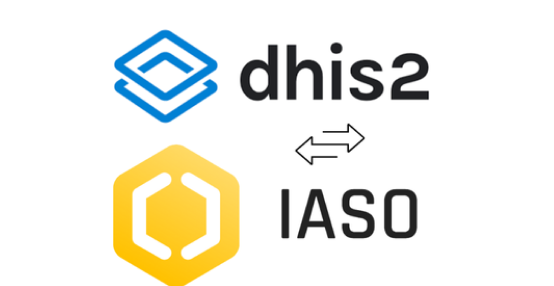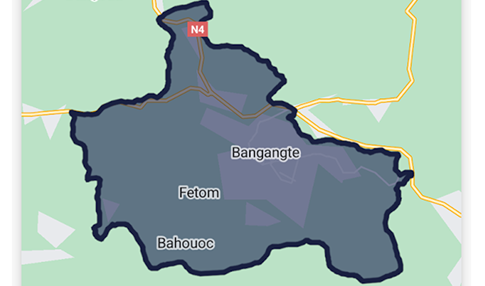Accurately assessing the performance of health campaigns is essential to ensure no one is left behind. Methodologies like Independent Monitoring (IM) and Lot Quality Assurance Sampling (LQAS) are designed to verify whether teams of vaccinators have truly reached all intended areas and populations. But the strength of these methods depends entirely on how well they are implemented.
When IM or LQAS are poorly executed—due to misapplied sampling, inaccurate site visits, or unverified data collection—the results can be misleading. This creates a real risk: campaign managers may conclude a campaign was successful while entire communities remain underserved.
To avoid such gaps and ensure monitoring methods are correctly applied, IASO offers critical support: tracking enumerator movements, validating their visits, randomizing target locations, and linking every data point to a specific user and activity. In doing so, IASO reinforces the integrity of campaign evaluations and helps teams act on trustworthy evidence.
How Does IASO Enhance External Monitoring?
IASO is built on the XLS Forms standard popularised by ODK and integrates innovative features specifically designed for health campaign evaluation following Independent Monitoring or Lot Quality Assessment . Seven core features are particularly useful for this purpose, helping to improve data quality, simplify data collection, and reduce the overall costs of external monitoring.
Here, we take a closer look at the seven key features.
1. Investigator Enrolment with Individual IDs
To allow for qualitative tracking of individual performance, IASO supports the enrolment of investigators using unique identifiers. User accounts can be created in bulk from Excel files, simplifying the process of large-scale user setup.
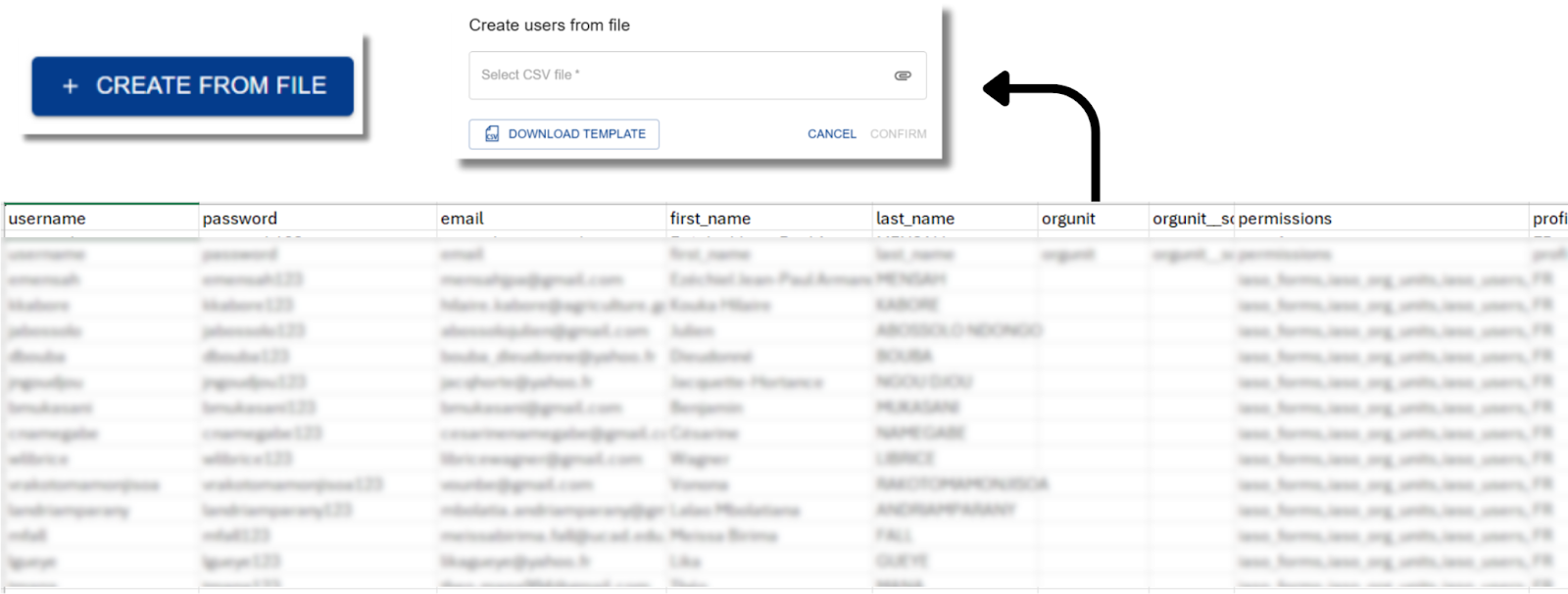
Image: Interface for account creation via file upload
2. Random Sampling of Clusters
IASO supports the random selection of households, ensuring robust sampling and reliable external monitoring outcomes.
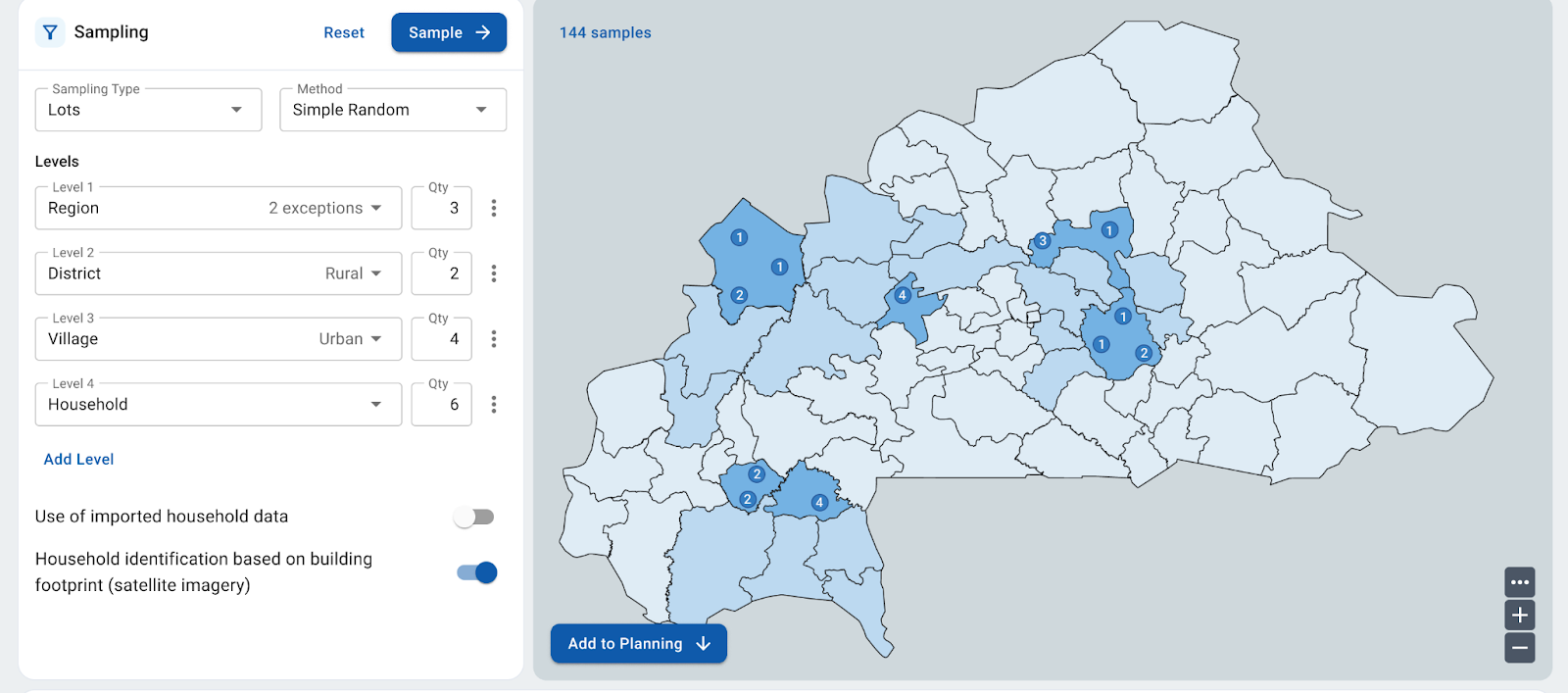
Image: Random sampling management interface
3. Micro-Planning
Once the random selection is completed, IASO allows for the digital and precise assignment of clusters to groups of investigators, as well as the allocation of specific households to survey. These assignments appear as “tasks to complete” on the investigators’ mobile devices.
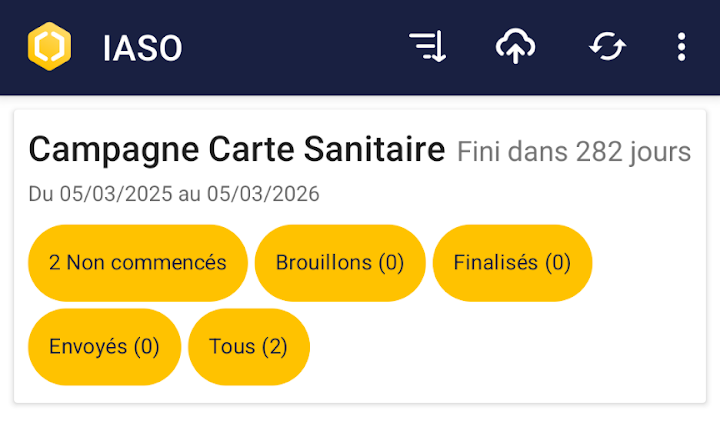
Image: Example of tasks assigned to an investigator in the mobile interface
4. Monitoring Completeness
IASO provides interfaces that allow for the real-time tracking of task completion, aggregated by geographical location. Supervisors can monitor progress from a central level and drill down step by step to identify where issues may be occurring.

Image: Example of the data collection completeness tracking interface
5. Qualitative Data Validation
To prevent problematic data from being integrated, IASO includes a validation process for collected data, managed by designated reviewers.
The data validation and review interface ensures the quality of survey data. If a data point is rejected by a supervisor, the reason is recorded and sent back to the investigator’s mobile device.
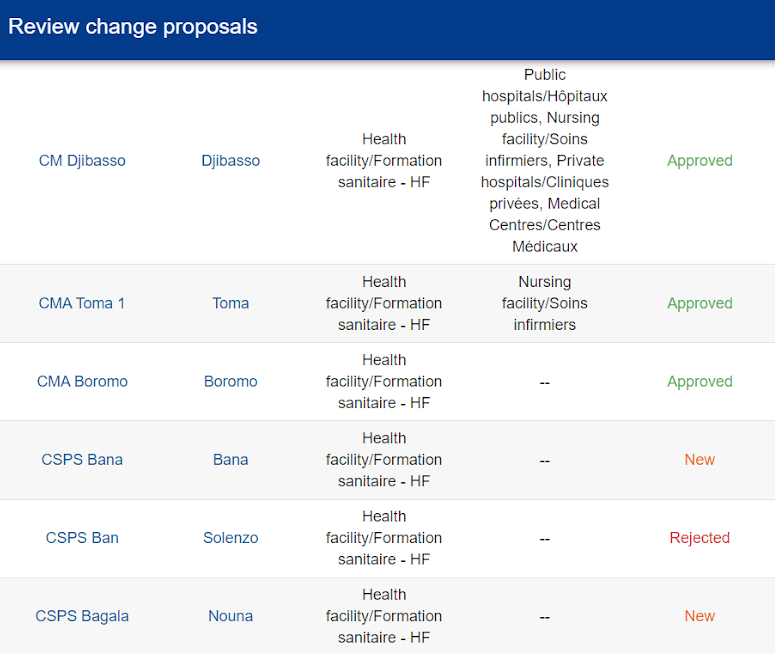
Image: Example of the data validation interface
6. Electronic Payment of Investigators
IASO streamlines the payment process for investigators and supervisors. The system generates electronic payment orders based on validated work, reducing administrative and accounting burdens through automated digital payments.
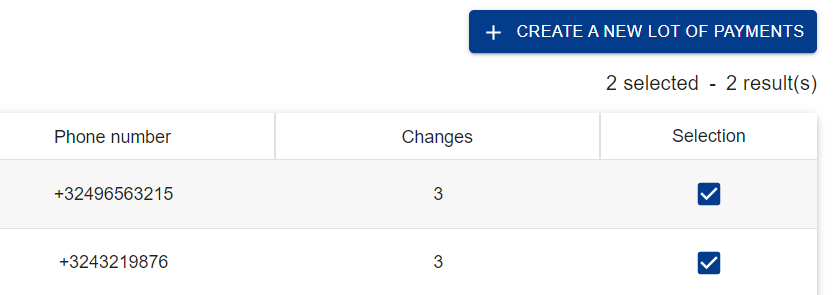
Image: Example of a payment batch generation interface.
7. Digital Tracking of Devices
A technological solution is integrated to enable tracking of mobile phones and tablets used in the field, helping prevent misuse or theft.
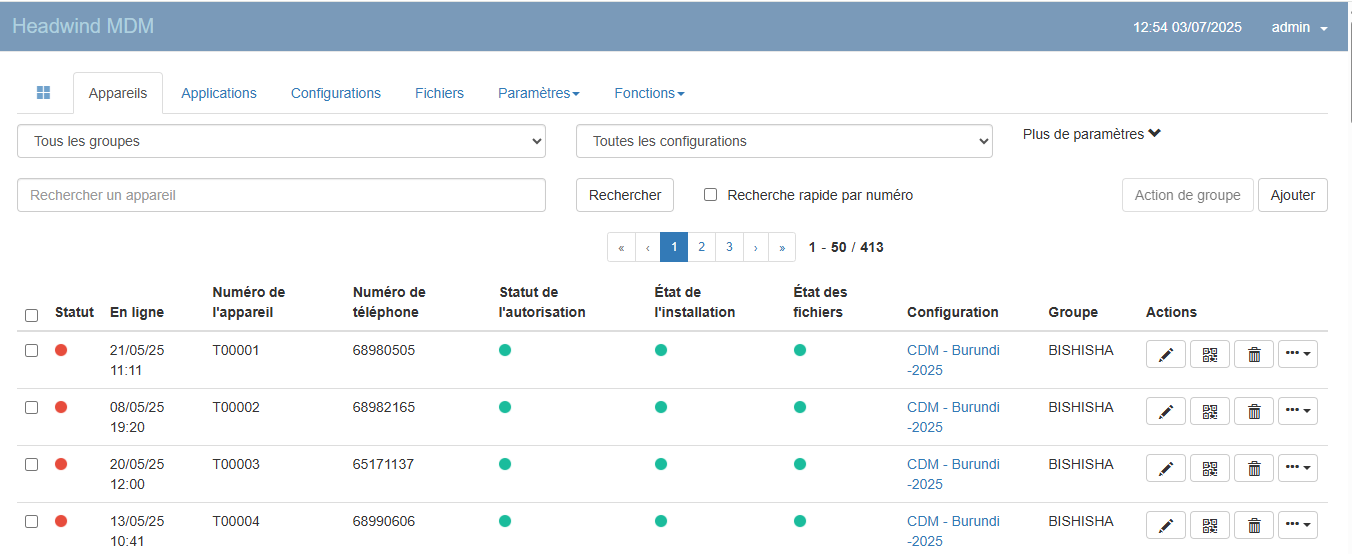
Image: Interface for managing tablets and phones
Want to learn more about those features? Reach out for more information: Contact

